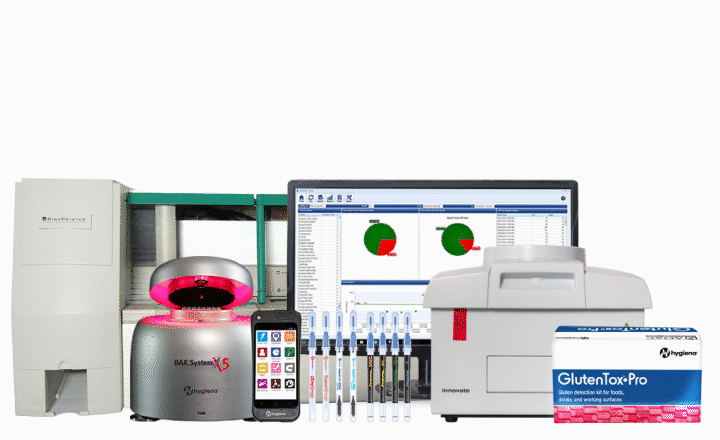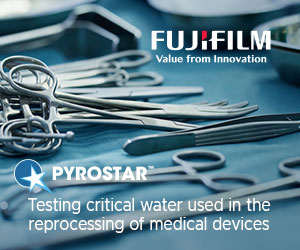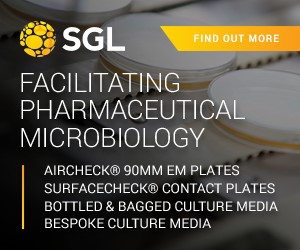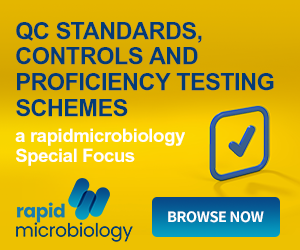ATP Hygiene Monitoring

Microbiological Environmental Monitoring Techniques for the Assessment of the Hygienic Status of Surfaces
Key Points
- What is hygiene testing/surface sampling?
- How does it work?
- What are the benefits?
- Where do I get more information?
What is hygiene testing/surface sampling?
The hygienic status of a given surface can contribute directly to the risk of an adverse outcome in product safety/spoilage (food), batch failure (pharma) or nosocomial infection (healthcare). The degree of attendant risk will be defined by the terminal process designed to reduce it, i.e. sanitizing of food contact surfaces, sterilization of surgical instruments and control of airborne contamination.
Microbial contamination of surfaces is assessed directly by culture of the microorganisms or indirectly by verification of cleaning and disinfection procedures designed to prevent microbial proliferation.
Samples are collected according to a sampling plan by:
1. Swabs/sponges over a defined area, eluted into a diluent
2. Rinse samples or
3. Direct recovery onto growth medium, RODAC/dipslide.
Results from surface hygiene assessments are either traditional growth based data (direct) or ATP, NAD and residual protein data (indirect).
How does it work?
Data generated by traditional culture techniques usually include a total count, entero count and E. coli as an indicator. Specific pathogens may also be assessed. With modern fmcg production, the time taken to generate the traditional data often means that the product is despatched and consumed before the data confirming its status is available. Such historical data has a trending potential, however its usefulness as a control parameter is only retrospective, i.e. costly!
Adenosine triphosphate (ATP) techniques, e.g. Hygiena's EnSURE or SystemSURE Plus systems, MVP ICON® (Merck Millipore) and 3M™ Clean-Trace™ provide data in real time. Whilst a small proportion of the signal generated is from microbial ATP, the techniques are not microbiological.
The principal of the test is to highlight where there has been a failure of the cleaning and disinfection procedures designed to minimize the microbial impact on products/patients.
Samples from surfaces are collected by swabs moistened with extractant that releases the ATP from any intact cells, usually from product residue. The released ATP drives the enzymatic conversion of luciferin to oxyluciferin. The reaction produces a photon of light for each molecule of ATP consumed. Therefore, the amount of light produced is proportional to the amount of ATP present. Results are expressed in Relative light units (RLU) and the bigger the number the more ATP was present in the sample resulting from elevated levels of product residue on the surface tested.
This means that cleaning procedures may have been poorly carried out and any subsequent disinfection is likely to be ineffective. This in turn may allow the proliferation of microorganisms leading to infection risks for product/patient.
The nicotinamide adenine dinucleotide (NAD) techniques, e.g. Hy-Rise (Merck) are similar in principal to the ATP test (NAD is an energy intermediate in all living cells) however the end point is a colour change rather than light output. This means that the test format can be simplified to a visual end point and no instrumentation is required.
What are the benefits?
- Positive release of production equipment, real-time data allows for re-clean and re-test.
- Improved infection control procedures resulting in fewer nosocomial infections, especially important with the rise of MRSA.
- Fits neatly into HACCP plan implementation as the non-microbiological techniques do not require laboratory analysis.
Can ATP testing for used for viruses? An ATP test will not directly detect the presence of viral particles, however it can be used to give a quantifiable indication of cleaning effectiveness and adequate removal of environmental proteins, even if viruses like SARS-CoV-2 are not directly detected.






